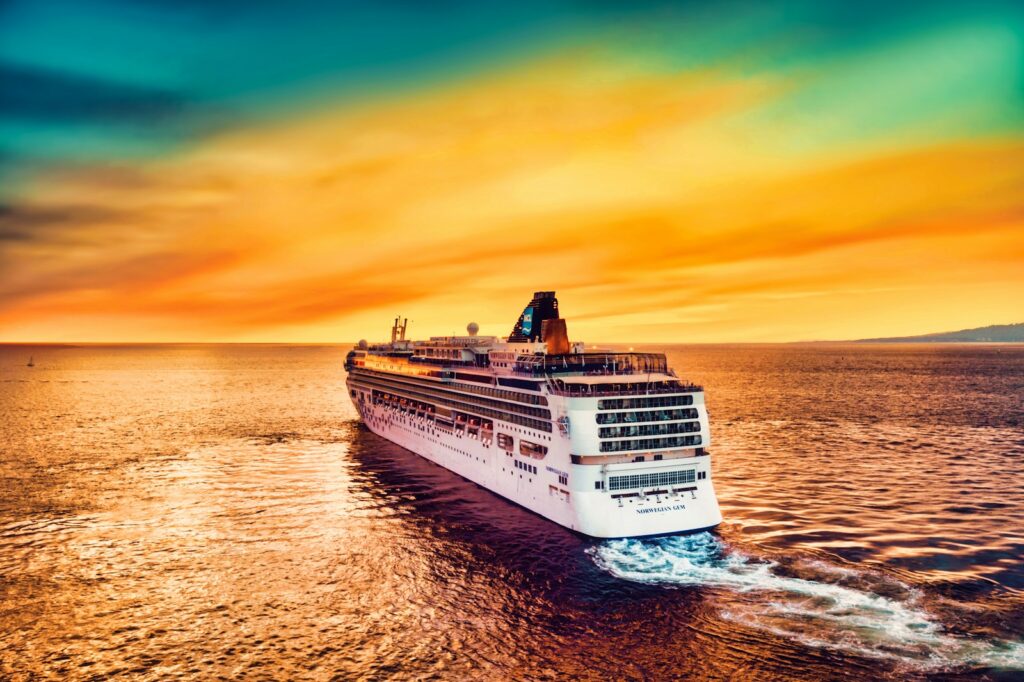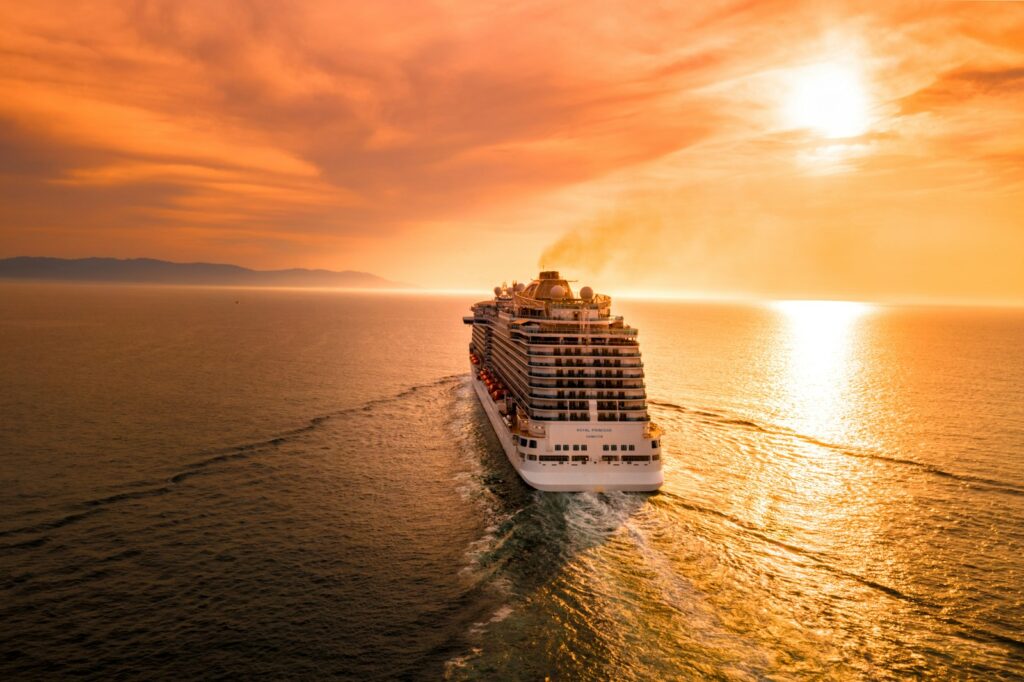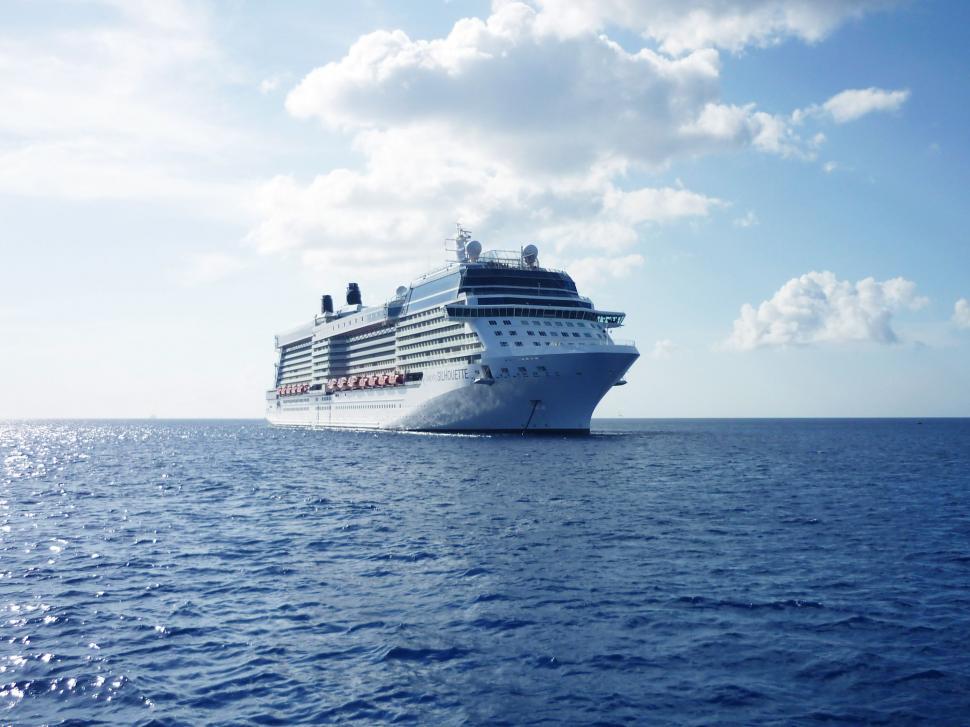
The global cruise industry, a significant player in the travel sector, is navigating a complex period marked by both local challenges and strategic shifts. While passenger numbers have rebounded strongly since the pandemic, reaching 35 million worldwide in 2024 according to one trade group report, growth forecasts show a potential slowing in the coming years.
Alongside a projected moderation in growth rates – with estimates pointing towards 3% in 2027 and 2% in 2028 – the industry is encountering increased resistance from some destinations. Coastal cities and island nations are grappling with the impacts of mass tourism and the environmental footprint of large vessels, leading to new regulations and limitations on port access.
A recent notable instance of local sentiment impacting cruise operations occurred in the Cayman Islands. Voters there overwhelmingly rejected a proposal to develop a permanent cruise berthing facility in a national referendum. Some 65% of voters said ‘no’ to the dock, opting to retain the current tender system, despite concerns from some parts of the tourism sector about declining cruise visits.

The National Trust for the Cayman Islands (NTCI), a local non-profit focused on protecting culture, heritage, and natural resources, had formally opposed the development. The Trust voiced deep concerns about a cruise dock in George Town and the threat mass cruise tourism poses to the economic, socio-cultural and environmental sustainability of Cayman. They stated their position clearly: “We want to make clear our position that the National Trust remains opposed to developing cruise berthing infrastructure because it is not in the best interest of the Cayman Islands.”
The Trust argued that a permanent facility would cost the country several hundred million dollars, an expense they believe is not justified by the relatively low revenue and jobs generated by the cruise sector compared to stayover tourism. Statistics released for 2023 showed passenger tax income from cruise visitors at $12.8 million (1.2% of government revenue), significantly less than the $74 million (7%) from stayover visitors through accommodation and airport taxes. Cruisers were estimated to spend CI$95 per head, totalling about CI$133 million, versus the CI$600 million spent by overnight guests.
Concerns were also raised by the Trust regarding the carrying capacity of the islands for mass cruise tourism and the potential damage to the higher-income long-stay sector if the focus remained on high volume. The Trust stated, “If we continue to open the floodgates to mass cruise tourism, we risk damaging our long-stay sector and jeopardising this far higher income.” They advocated for a more sustainable approach, suggesting a focus on new attractions, reducing overcrowding at marine sites, meeting visitor demands for cultural experiences, and creating new jobs for Caymanians.

The National Trust also pointed out that while around 1,500 people were in cruise-related jobs in 2024, it was estimated that more than half were on work permits. They suggested that Caymanians dependent on cruise income could be helped in other ways, noting the growth in the long-stay job market with three new hotels under construction. The NPO suggested allowing cruise tourism to “settle naturally at around the current level would be the ideal solution for Cayman both environmentally and economically.”
Instead of building piers, the Trust urged the government to “upgrade the shore-side cruise services into a state-of-the-art facility so that cruise visitors enjoy a far higher quality experience onshore.” They also suggested revisiting the revitalisation of George Town to showcase history and culture with features like tree-lined squares, cafés, restaurants, and shops selling local and regional products, arguing this would be “all at a fraction of the cost of a berthing facility.”
The grassroots group CPR Cayman, which led the anti-pier campaign, hailed the referendum result as a win for sustainable tourism and called for investment in better tendering infrastructure. Conversely, pro-dock groups like the Association for the Advancement of Cruise Tourism (ACT) remain committed to advocating for “a sustainable and competitive cruise tourism industry,” arguing that local businesses will continue to lose out without a pier.
The rejection of the pier also made a proposed workaround moot: allowing ships to operate casinos while docked. This move, which would have been an incentive for ships to stay overnight and would have applied only if a pier were approved, is now off the table for the foreseeable future. For cruise passengers visiting Grand Cayman, the tender system remains the sole method for getting ashore.

Restrictions on large ships are not unique to the Cayman Islands. Cities like Nice, on the French Riviera, have issued decrees barring larger cruise ships from docking. Last year, voters in Bar Harbour, Maine, chose to maintain their limit of 1,000 passengers per day. While a ballot measure in Juneau, Alaska, to ban ships on Saturdays was rejected, it highlighted the ongoing debate about limiting cruise tourism impacts. Even busy ports face challenges; Port Canaveral in Florida suspended an expansion effort due to objections, and the port in Tampa has height restrictions.
Congestion is also a concern in high-traffic ports. PortMiami, for instance, will accommodate 12 ships simultaneously once terminal construction is complete but has already seen a record of 10 ships arriving on a single morning. Industry analysts question the long-term capacity, with one expert noting, “You can build new ships but where are you going to put them?”
The New Zealand cruise industry is also experiencing a significant drop in visits. Forecasts indicate a massive 40% reduction in cruise visitation for the 2026/27 season. Royal Caribbean, for example, is reportedly visiting 70% less than just a few years ago. Reasons cited by the New Zealand Cruise Association include biofouling risks (ships concerned about being denied entry under new environmental regulations), regulatory uncertainty, an executive perception that New Zealand is a difficult place to operate, rising costs (making it reportedly the “most expensive place in the world for a cruise ship to visit”), geopolitical disruptions, and the weak Australian and New Zealand dollars.

Faced with these global challenges and slower projected growth, cruise lines are actively pursuing new strategies to attract passengers and find alternative destinations. One major trend involves developing private islands or exclusive coastal resorts.
Examples include Royal Caribbean’s Perfect Day at CocoCay and Labadee (currently suspended), its upcoming Royal Beach Club Paradise Island and Royal Beach Club Cozumel, and Perfect Day Mexico. MSC Cruises has remodelled Ocean Cay MSC Marine Reserve and plans a second private island nearby. Carnival is developing Celebration Key in the Bahamas, featuring its own pier capable of docking large ships. These private destinations offer structured environments that some frequent cruisers, like Ryan Rea from Miami, find appealing, describing them as “comfortable, safe and relaxing” where “You know you won’t get bothered.”
Cruise executives view these private developments as a way to expand their audience and increase demand. Josh Weinstein, president and CEO of Carnival Corp., stated that a private island or resort “gets a broader audience, it gets more customers, and it will ultimately result in more demand.” These locations also provide guaranteed docking space and allow companies to offer a wider range of curated activities and experiences, bringing in additional revenue.

Another strategic push is into the luxury market, seen as an area with significant potential. MSC Cruises, for instance, is expanding its Explora Journeys luxury brand, with ships featuring all-suite cabins designed to feel like boutique hotels. These high-end voyages often come with a considerable price tag, but executives like Pierfrancesco Vago, executive chairman for MSC Group’s cruise division, see justification when comparing costs onboard a luxury ship to expenses for things like dining on land. “How can we be wrong?” Vago reportedly asked, finding land prices “incredible.”
Cruise lines are also exploring other niches, including expedition cruising, such as Royal Caribbean’s Silversea brand developing an “Antarctica Bridge fly-cruise program” that includes hotel stays in Puerto Williams, Chile. Additionally, Royal Caribbean is set to enter the river cruise market in Europe in 2027 with its subsidiary Celebrity River Cruises, ordering 10 ships to compete with established carriers.
Even tariff policies, like those President Donald Trump used with executive power, are acknowledged as potential influences on the industry. While executives note uncertainties and ripple effects, some companies, such as Royal Caribbean Group, reported strong booking levels and increased onboard spending earlier this year, suggesting resilience among consumers. Factors like cruising being seen as an economical vacation option and customer loyalty programs may also contribute.
The cruise industry is clearly in a period of adaptation. Facing external pressures from regulations and local opposition in some key destinations, alongside broader economic factors, companies are innovating through controlled environments like private islands, diversifying into luxury and expedition travel, and exploring new markets like river cruises. This blend of navigating challenges and pursuing creative solutions looks set to define the industry’s course in the years ahead.
Related posts:
National Trust urges voters to reject call for cruise pier
Cruise Dock Plan Sinks as Cayman Islands Opt to Stick With Tenders
What do you want on a cruise? How private resorts are changing travel.




